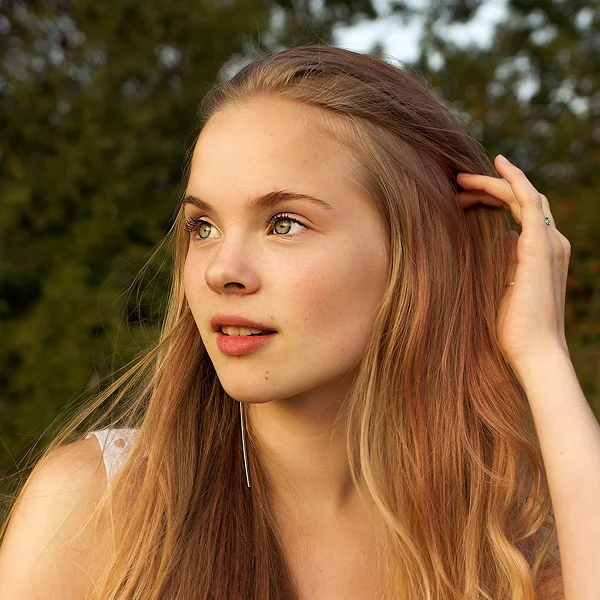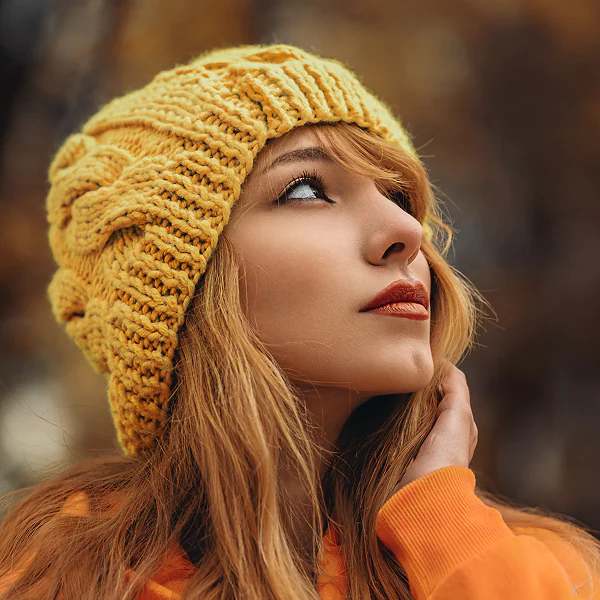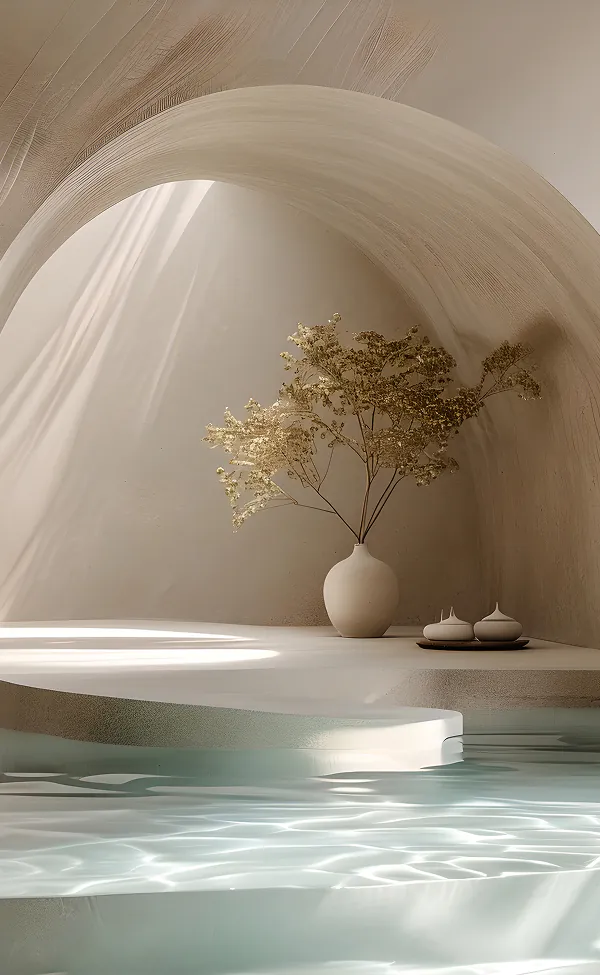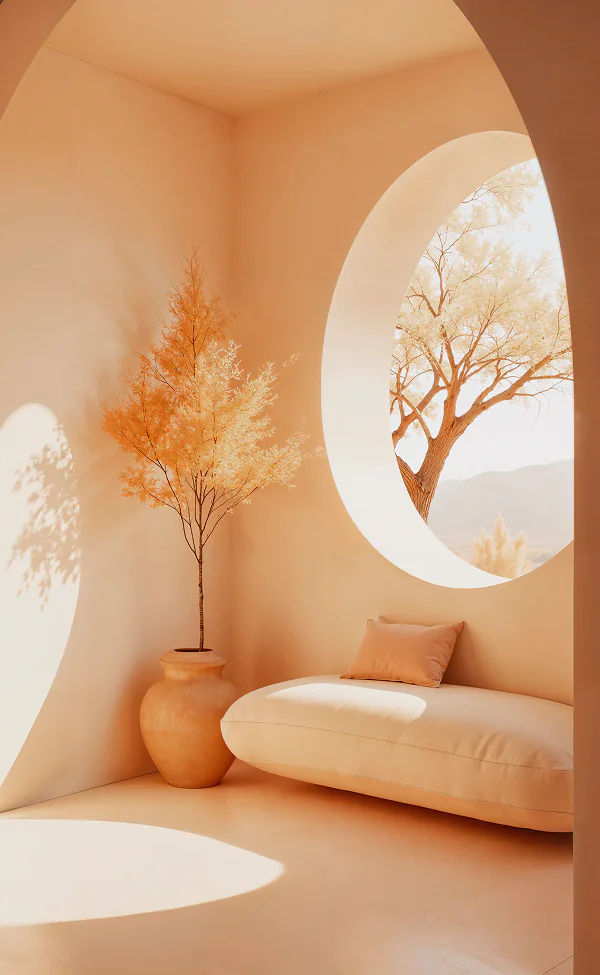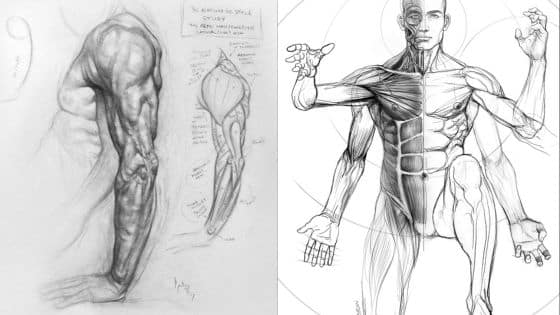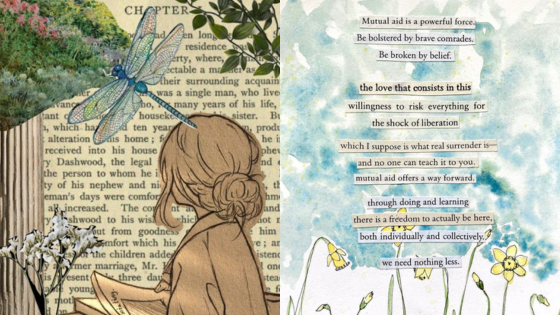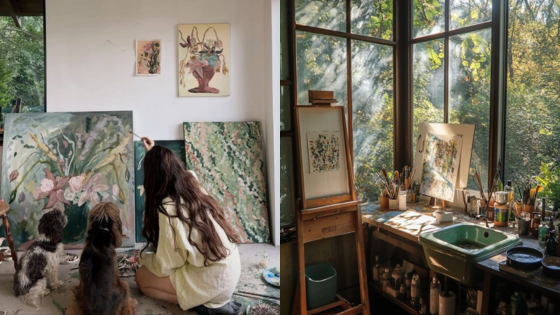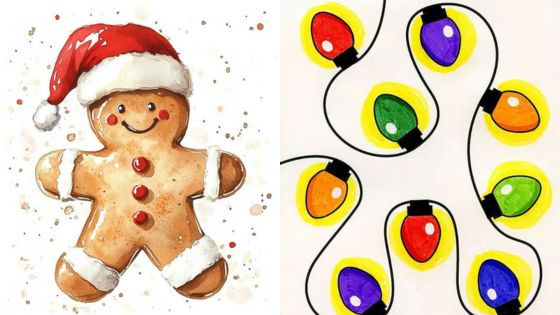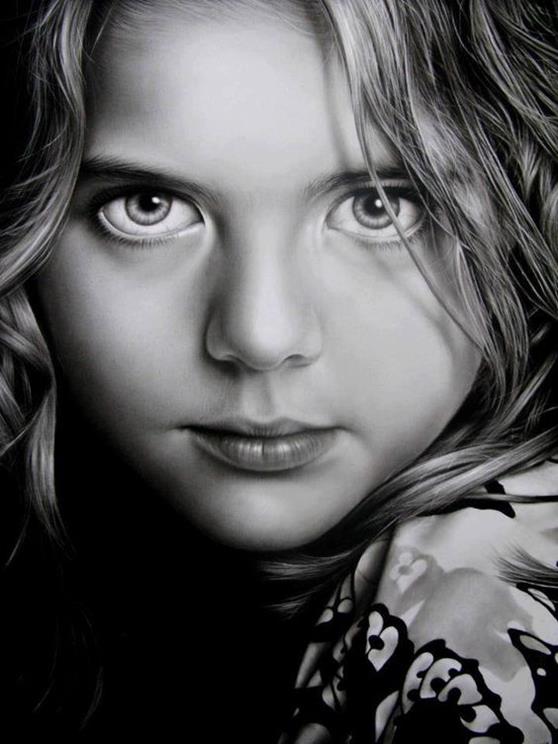As the vibrant colors of autumn emerge, many artists seek inspiration in the seasonal changes. Exploring fall-themed drawing ideas can spark creativity and offer numerous possibilities for capturing the essence of the season. The crisp air and rich hues provide a perfect backdrop for artistic expression.
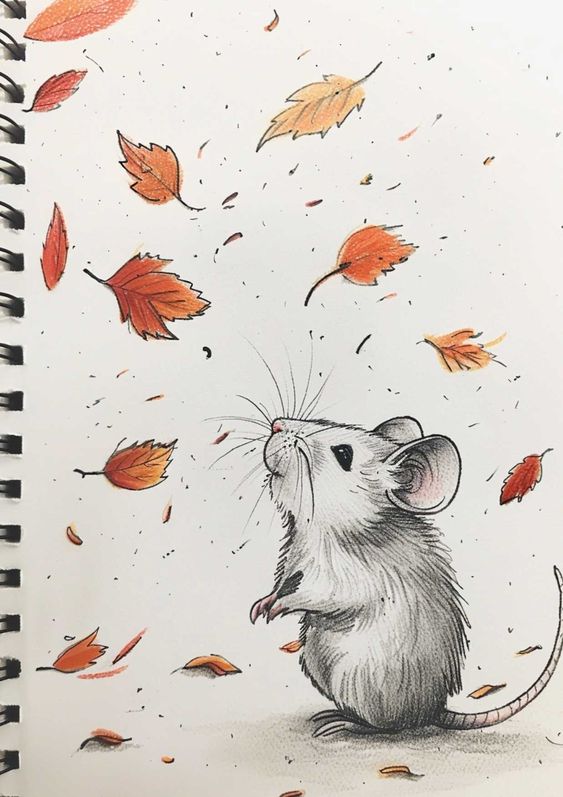
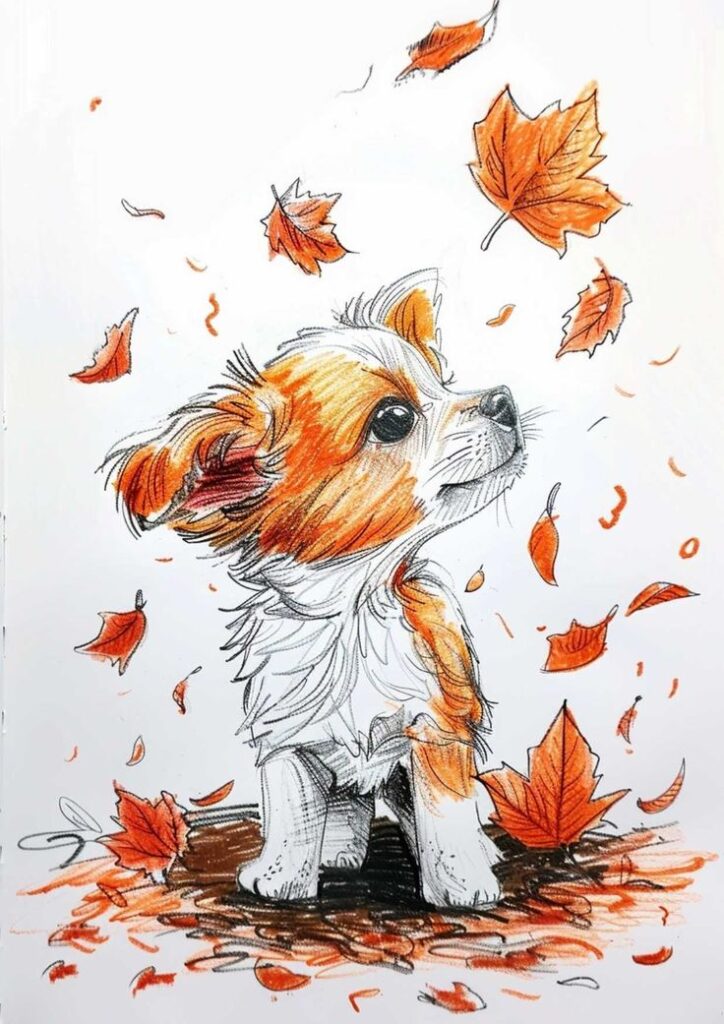
The fall season invites artists to reflect on nature’s transformation and to experiment with various techniques. From landscapes to seasonal motifs, this time of year serves as a reminder of the beauty and intricacies found in the world around them.
1) Pumpkin patch sketch
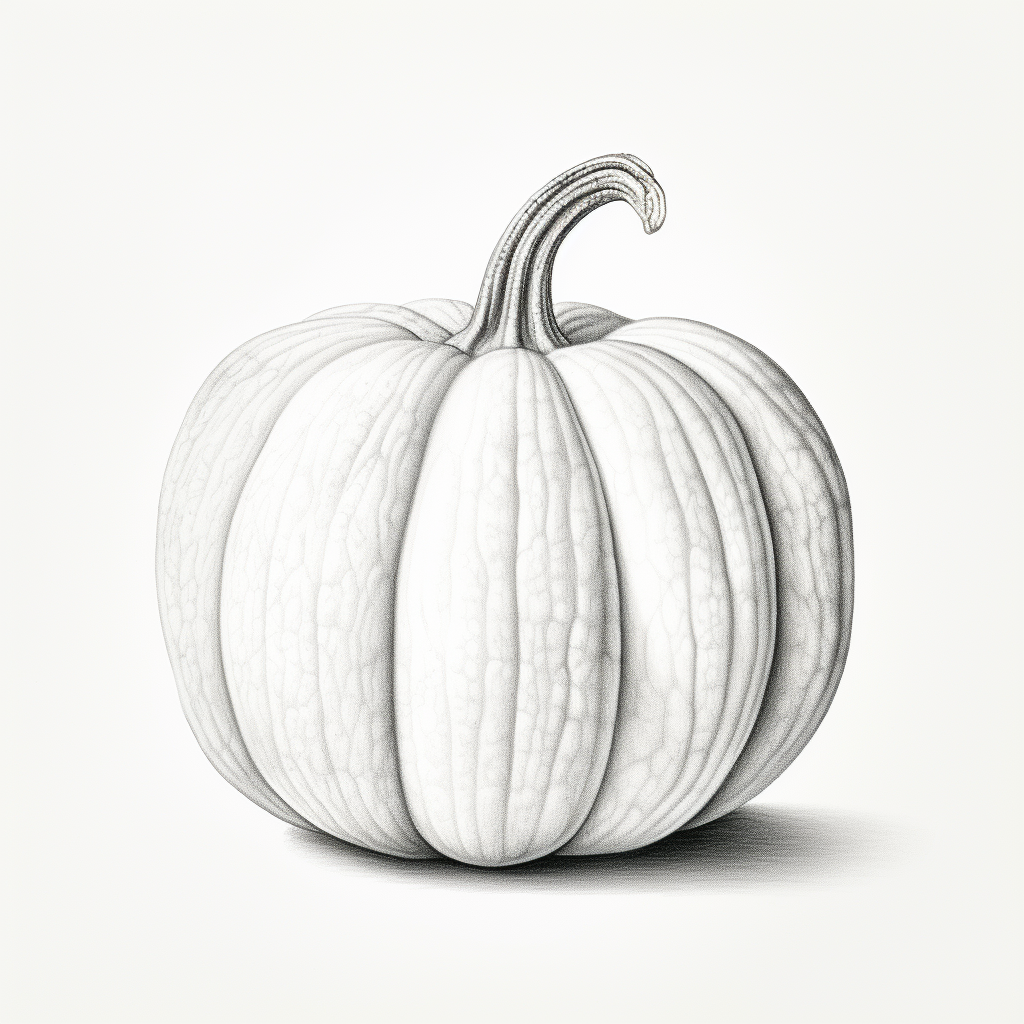
A pumpkin patch sketch captures the essence of autumn. This drawing can showcase rows of pumpkins, vibrant foliage, and perhaps a rustic barn in the background.
Artists can play with different shapes and sizes of pumpkins. They might consider adding details like morning dew or shadows to create depth.
Incorporating elements like a wooden sign or wagons can enhance the scene. These details add a story to the sketch, making it feel more inviting.
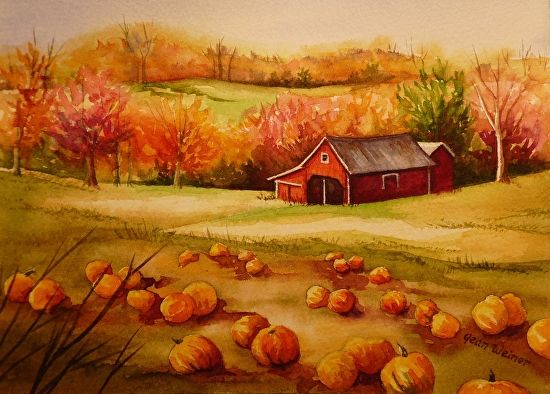
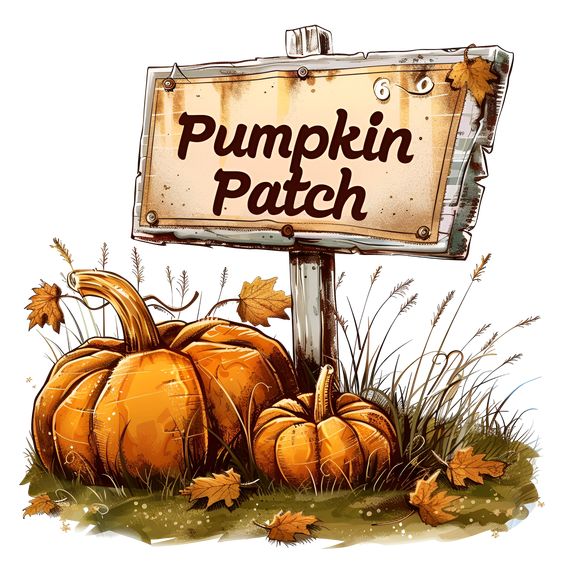
Autumn colors, such as oranges, yellows, and browns, bring warmth. Using colored pencils or watercolors can effectively highlight the seasonal palette.
Setting the scene during golden hour can also influence the mood. The soft light enhances textures and makes the pumpkins stand out.
Overall, a pumpkin patch sketch is an excellent way to practice composition and perspective. It allows for creativity while celebrating the beauty of fall.
2) Autumn Leaves Collage
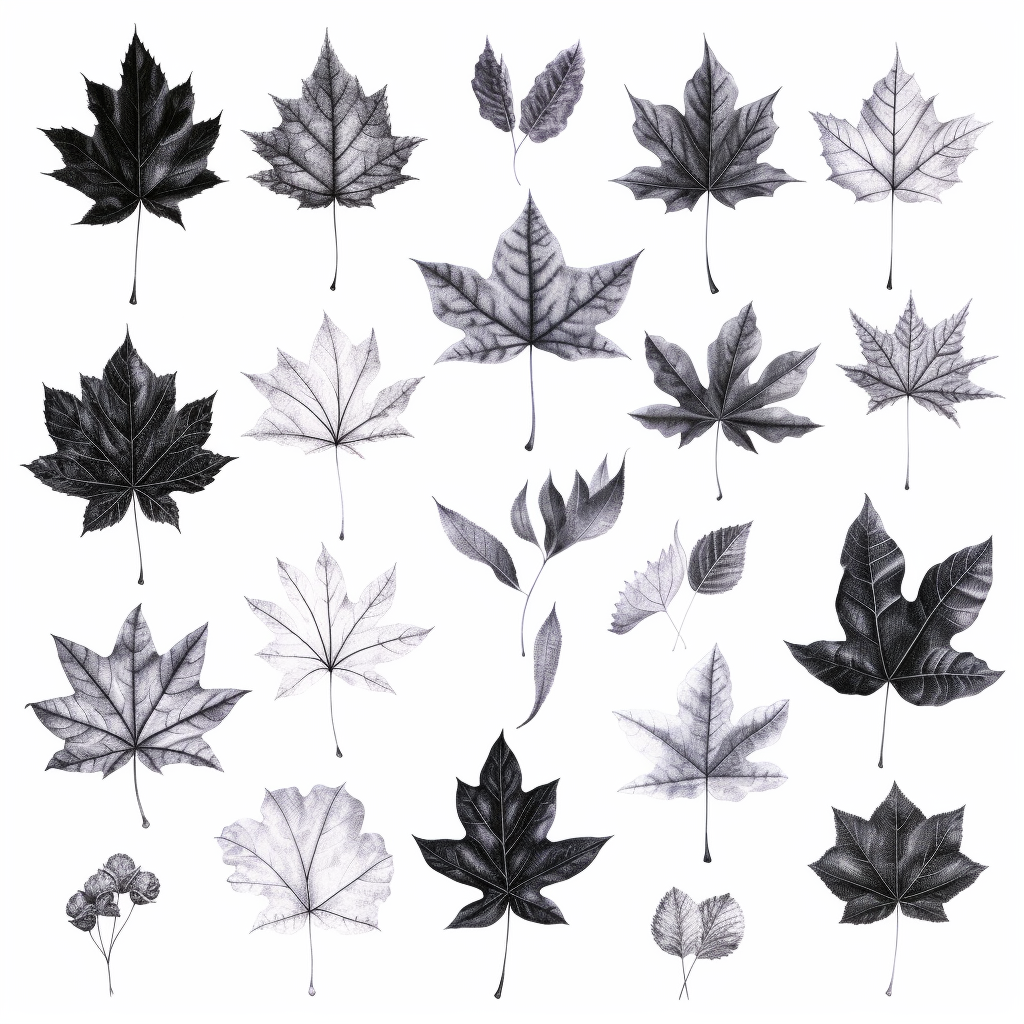
An autumn leaves collage provides a creative way to capture the beauty of fall. Artists can collect various leaves in vibrant colors and textures to create a unique piece.
To start, one should gather leaves from different trees. Each variety adds distinct shapes and colors, enhancing the composition.
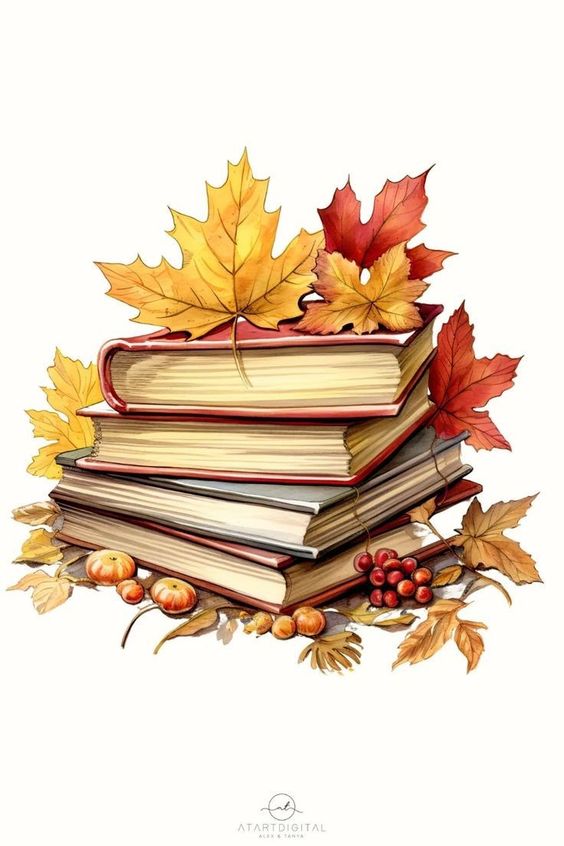
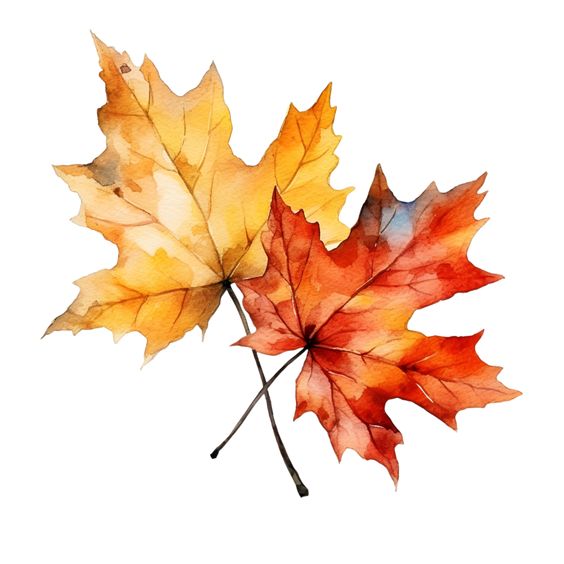
Next, they can arrange the leaves on a canvas or thick paper. Experimenting with overlapping and layering creates depth and interest.
Using glue, they should secure the leaves in place. Adding other elements like small twigs or acorns can further enrich the collage.
Finally, once the collage is complete, it can be displayed as seasonal decor. This activity not only celebrates autumn but also encourages creativity and appreciation for nature.
3) Halloween Haunted House Drawing
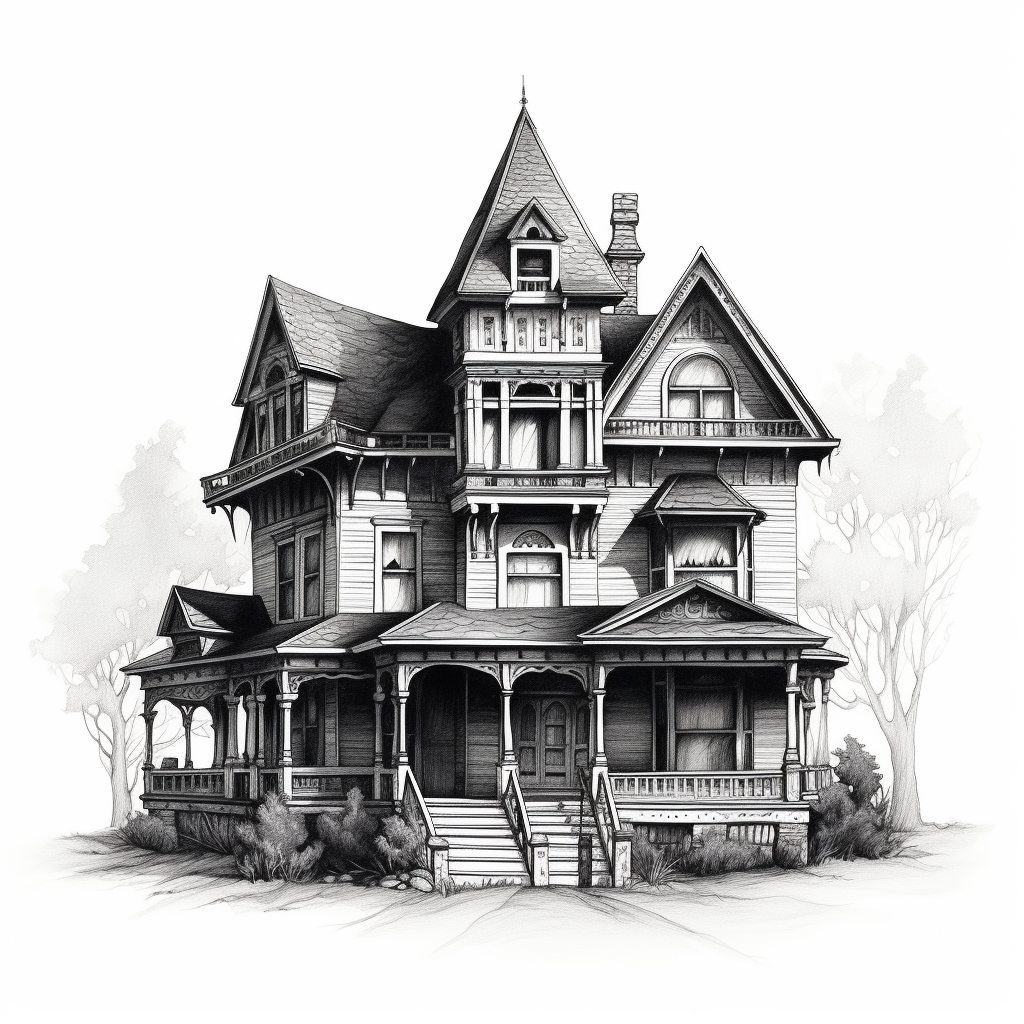
A Halloween haunted house drawing can capture the essence of the spooky season. Artists can explore various styles, from whimsical to eerie, depending on their preferences.
Start by sketching the basic structure of the house. It can include architectural features like crooked windows, a rickety porch, or a steep roof. Adding details such as vines and cracks enhances the haunting effect.
Next, incorporate elements typical of haunted houses. Ghosts, bats, and jack-o’-lanterns can create a spooky atmosphere. Shadows and dark corners add depth and intrigue to the scene.
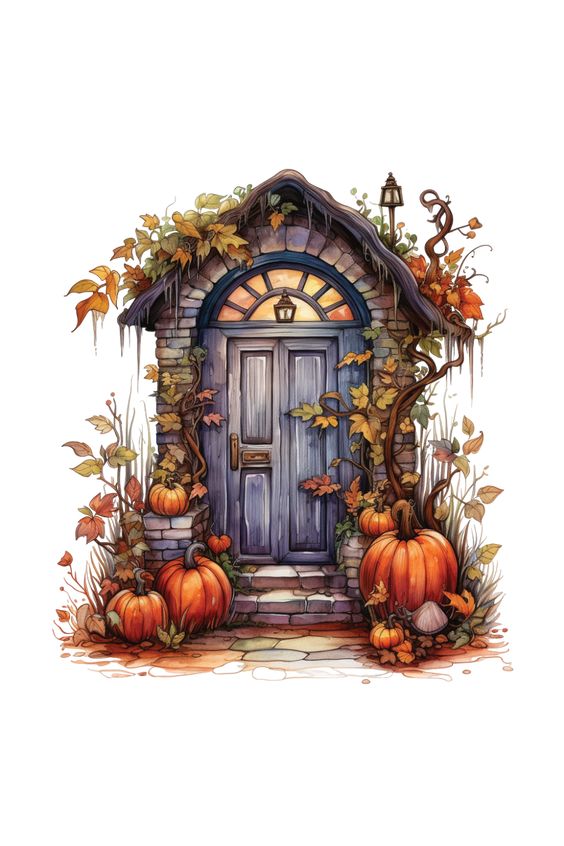
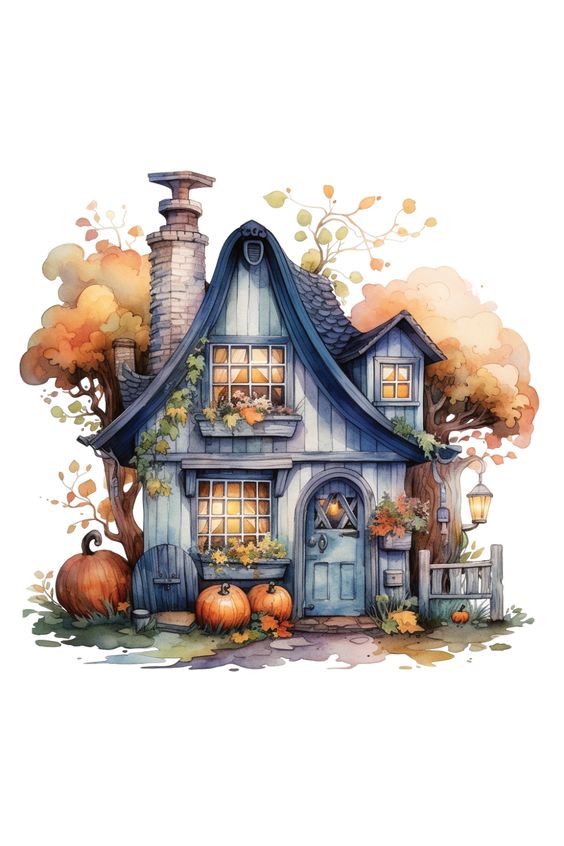
Color choice plays a significant role. Dark colors like deep purple, black, and burnt orange work well. Accents of white for ghosts or glowing yellow for windows create a striking contrast.
Incorporating a night sky filled with stars or a full moon can also enhance the drawing. This element adds a backdrop that emphasizes the haunted house’s eerie vibe.
Ultimately, a Halloween haunted house drawing allows for creativity and expression. It invites artists to explore their imagination while embracing the playful spookiness of the holiday.
4) Cozy Sweater Illustration
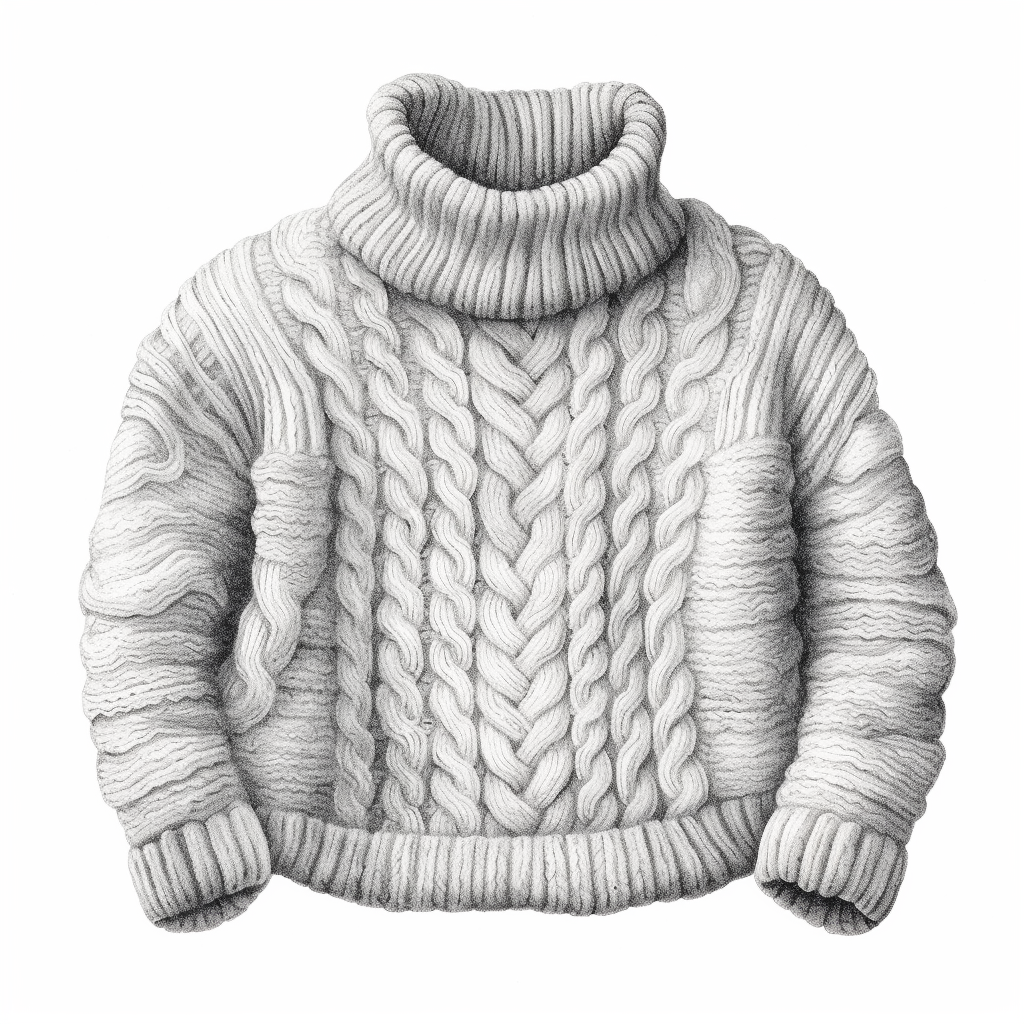
A cozy sweater illustration captures the essence of fall fashion. Artists can focus on texture and pattern, bringing life to the fabric with shading and color.
Choosing a color palette that reflects autumn, such as warm earth tones or soft pastels, enhances the illustration. Adding details like buttons, knitting patterns, or embellishments can create depth and interest.
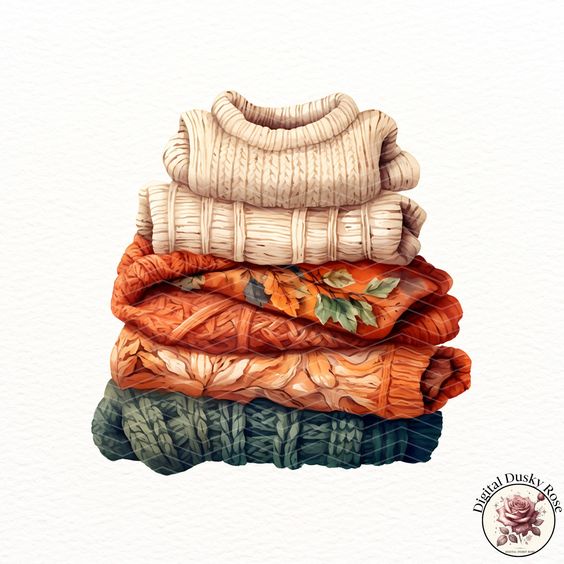
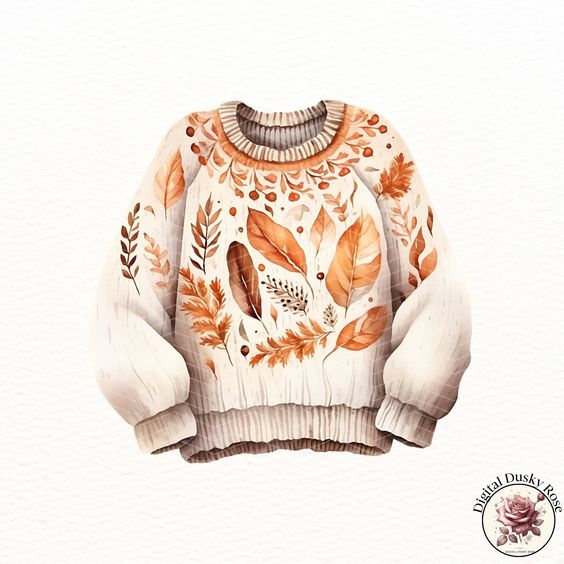
The setting can also play a role in conveying warmth. Placing the sweater in a rustic environment or next to a steaming mug can evoke feelings of comfort. This approach helps provide context and a cozy atmosphere in the artwork.
Experimenting with different poses or angles adds variety. A slight tilt or draping can showcase the sweater’s design while introducing a dynamic element to the composition. Overall, the cozy sweater serves as a versatile subject for fall-themed drawings.
5) Thanksgiving Turkey Art
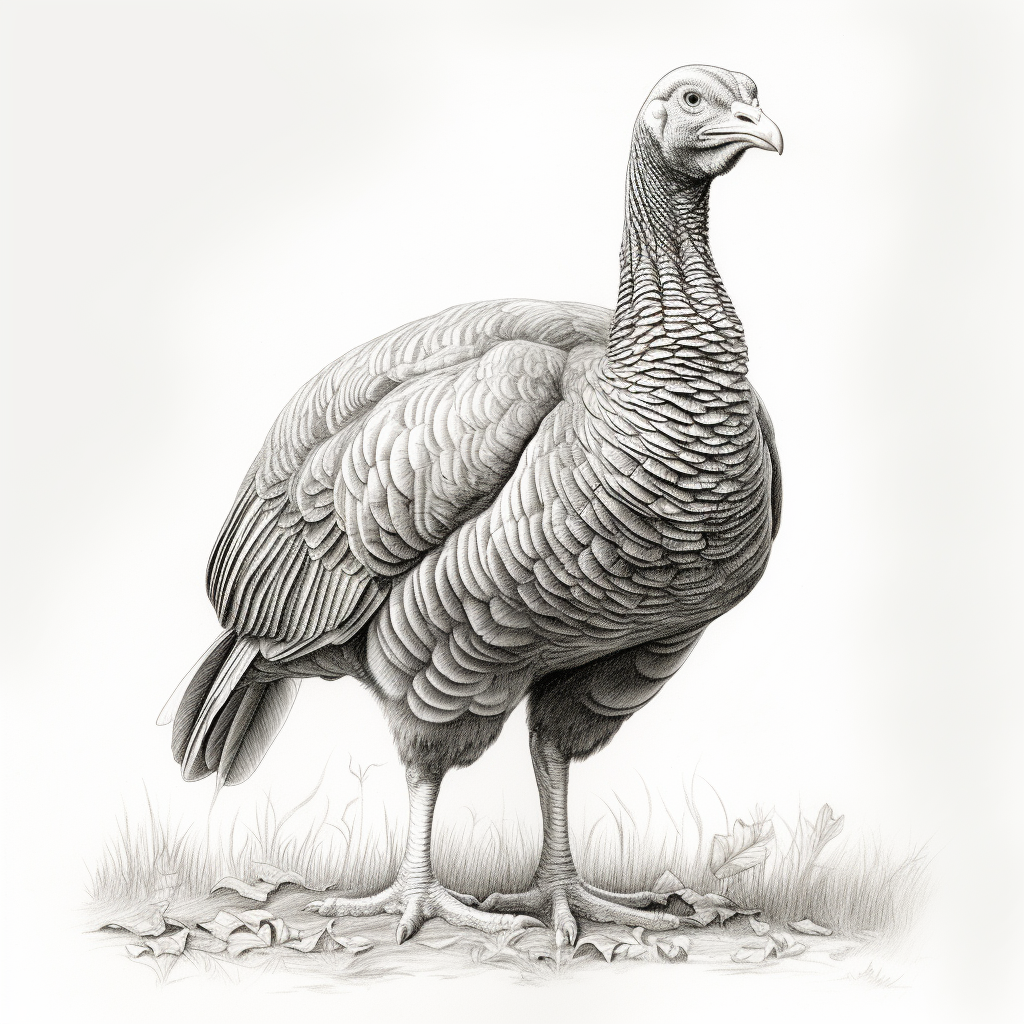
Thanksgiving turkey art can be a fun and engaging project. It allows artists to explore creativity while celebrating the holiday’s themes.
Drawing a turkey can begin with a simple oval shape for the body. Adding feathers in varying colors can make the turkey more vibrant and eye-catching.
Many enjoy incorporating seasonal elements like pumpkins or corn to enhance the composition. This adds depth and context to the artwork.
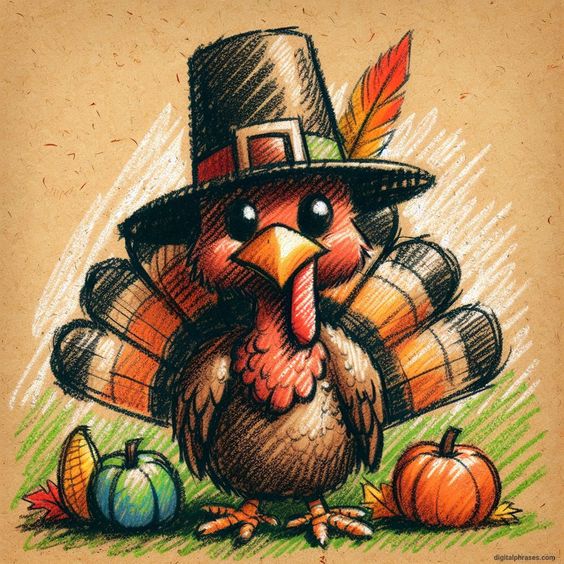
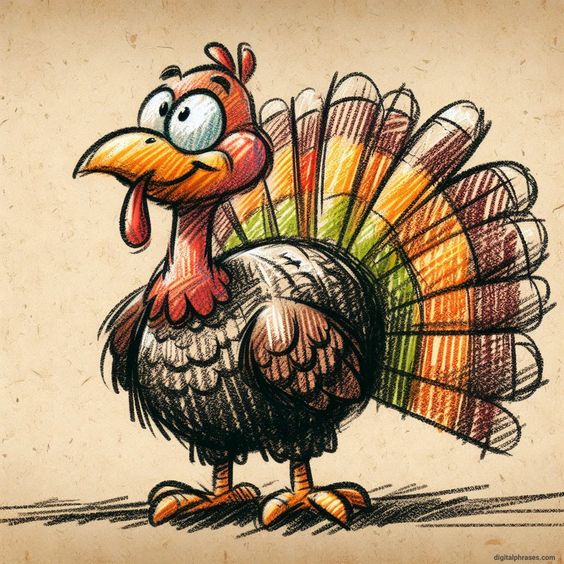
For more advanced artists, creating a turkey scene can be an interesting challenge. This may involve drawing a family gathering around the dinner table or a picturesque autumn landscape.
Using mixed media can elevate the artwork as well. Combining colored pencils, markers, or paint can create unique textures and aesthetics.
Thanksgiving turkey art serves as a wonderful way to commemorate the holiday. It invites individuals to express gratitude and creativity in a festive manner.
Understanding Fall Colors
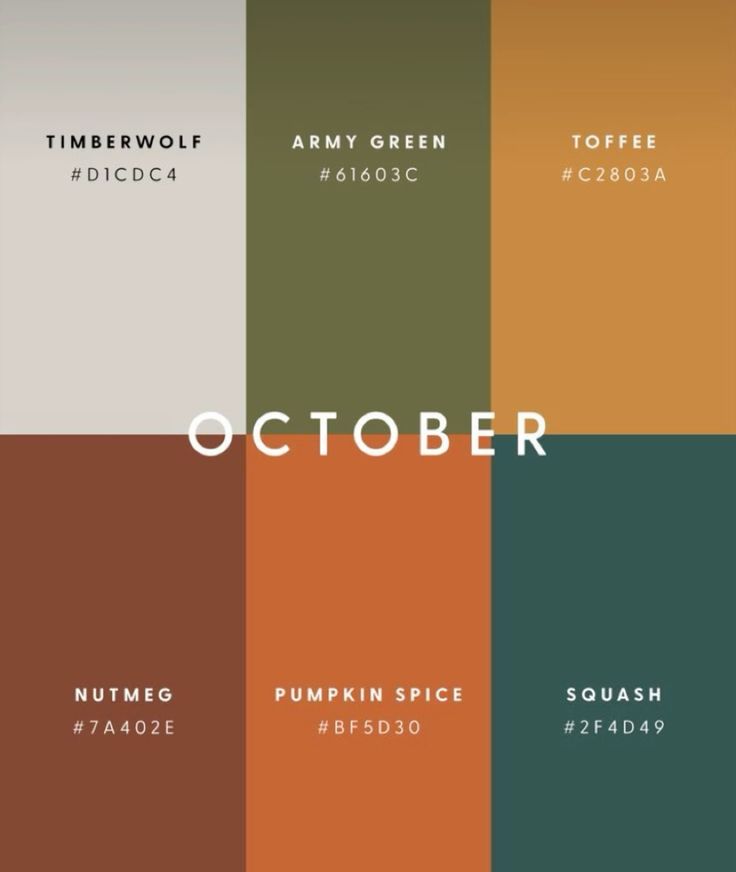
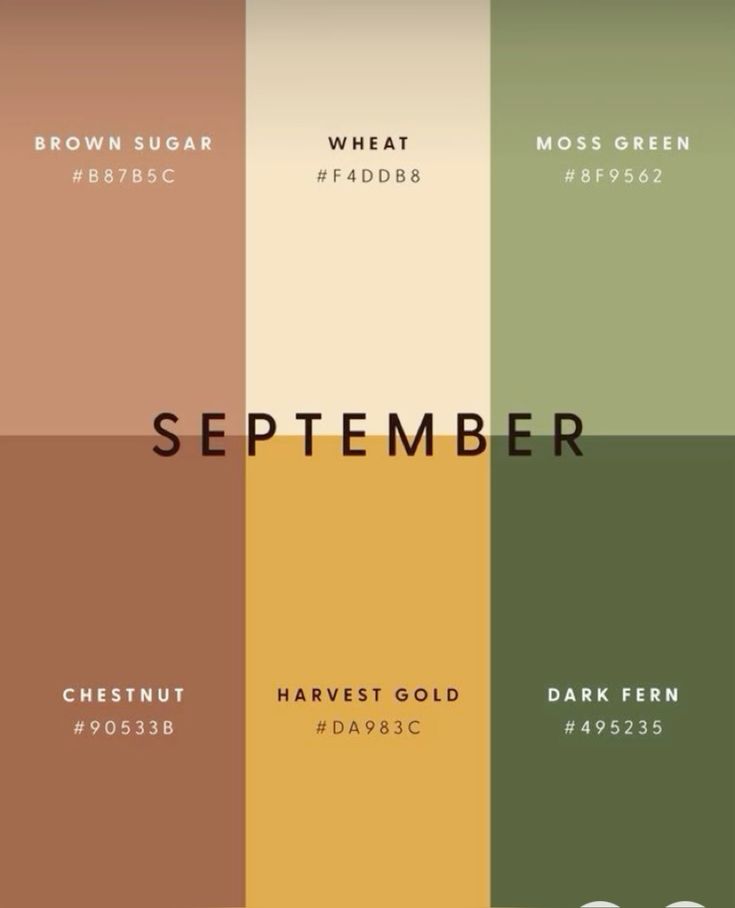
Fall introduces a distinct and vibrant color palette, characterized by a mix of warm and cool hues. The understanding of these colors stems from both scientific and artistic perspectives, enabling artists to capture the essence of the season effectively.
The Science Behind Leaf Color Changes
Leaves change color primarily due to the breakdown of chlorophyll, the pigment responsible for green coloration. As daylight hours shorten and temperatures drop, chlorophyll production decreases.
Other pigments, such as carotenoids and anthocyanins, become more visible. Carotenoids contribute yellow and orange shades, while anthocyanins add red and purple tones.
Factors influencing this process include temperature, light, and moisture. Cool, dry conditions tend to produce the most vivid colors. Understanding this process aids artists in accurately depicting the brilliance of fall foliage in their work.
Choosing the Right Color Palette
Selecting a color palette that reflects fall’s beauty can enhance artistic projects. A typical fall palette might include shades like:
- Warm yellows (e.g., gold)
- Rich oranges (e.g., pumpkin)
- Deep reds (e.g., burgundy)
- Earthy browns (e.g., chestnut)
- Dark greens (e.g., olive)
Artists should consider the mood they wish to evoke. Warm colors can create a sense of coziness, while cooler tones may evoke a more somber feeling.
Experimenting with color mixing can help achieve desired effects. Utilizing contrasting colors can also make fall scenes pop, engaging the viewer and highlighting the season’s charm.
Exploring Different Art Styles
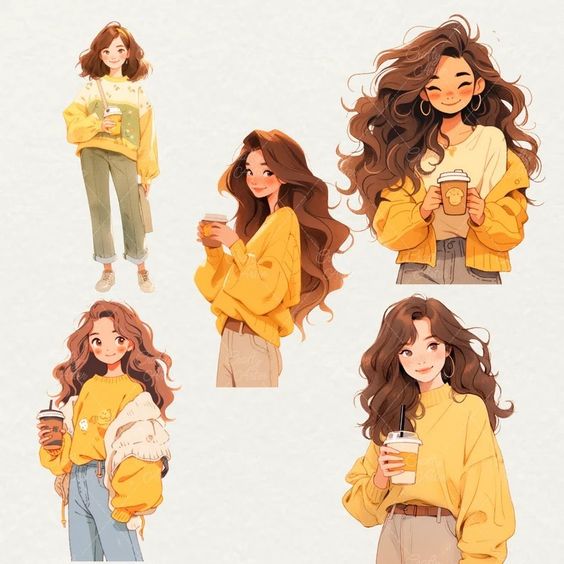
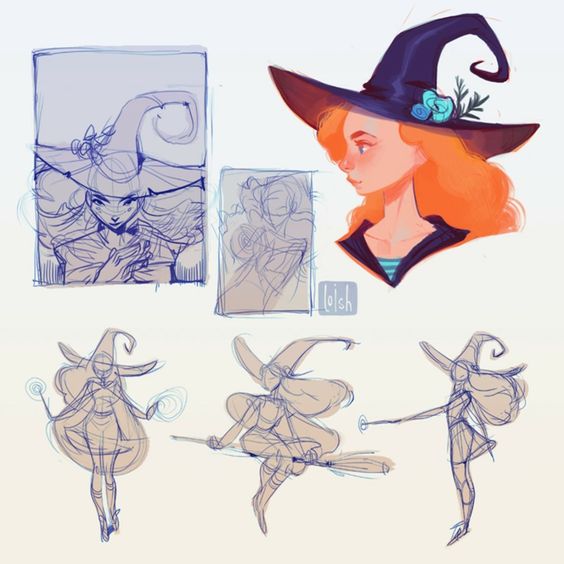
Exploring diverse art styles can enhance a fall drawing project. By understanding how to incorporate Impressionism and embrace abstract techniques, artists can create unique representations of the season’s beauty.
Incorporating Impressionism
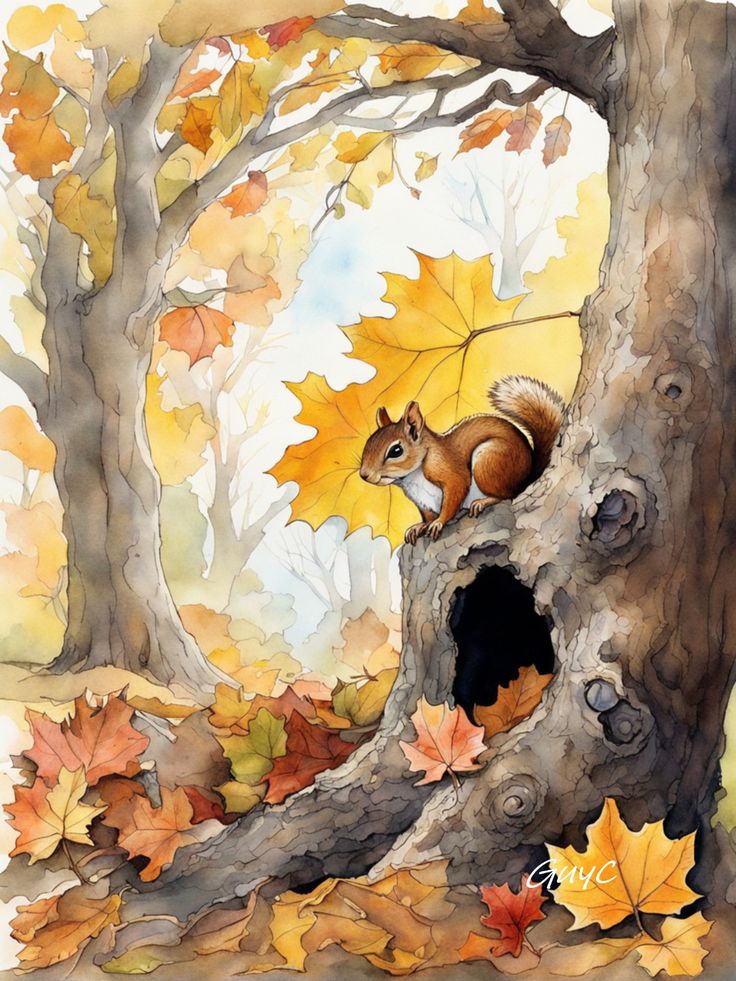
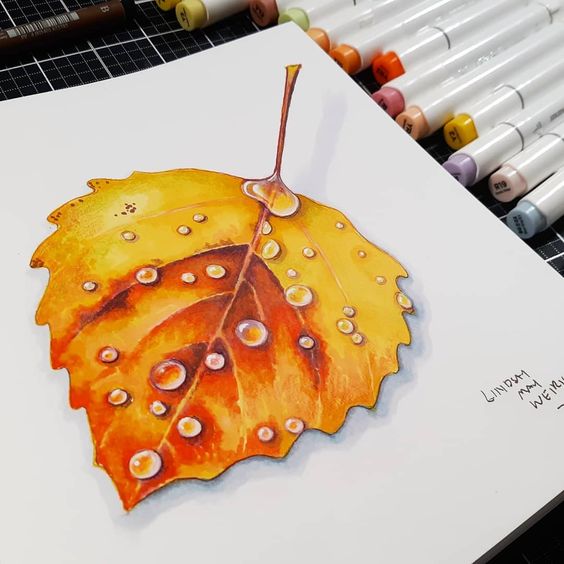
Impressionism captures the essence of a moment, often showcasing the play of light and color. Artists can approach fall scenes by focusing on the atmospheric effects of sunlight filtering through autumn leaves. Using loose brushwork, a warm palette of oranges, reds, and yellows can evoke the season’s warmth.
To achieve an Impressionist look, consider the following:
- Use quick, short strokes to suggest movement and light.
- Experiment with layering colors to create depth.
- Include scenes like parks filled with falling leaves or sunsets over a harvest field.
This technique allows for a more vibrant and spontaneous representation of the fall landscape.
Embracing Abstract Techniques
Abstract techniques offer a different pathway for expressing the nuances of fall. This style encourages artists to move beyond realistic depictions and instead focus on forms, colors, and textures significant to the season.
Key aspects of using abstract techniques include:
- Simplifying shapes found in nature, like the swirling patterns of wind or the jagged outlines of bare branches.
- Utilizing bold colors to convey emotions associated with fall, such as nostalgia or tranquility.
- Incorporating mixed media, such as fabric or natural elements, to create dynamic textures.
Through abstraction, artists can highlight their personal interpretation of fall, making each piece distinctly their own.
- 3.0Kshares
- Facebook0
- Pinterest3.0K
- Twitter0
- Reddit0

